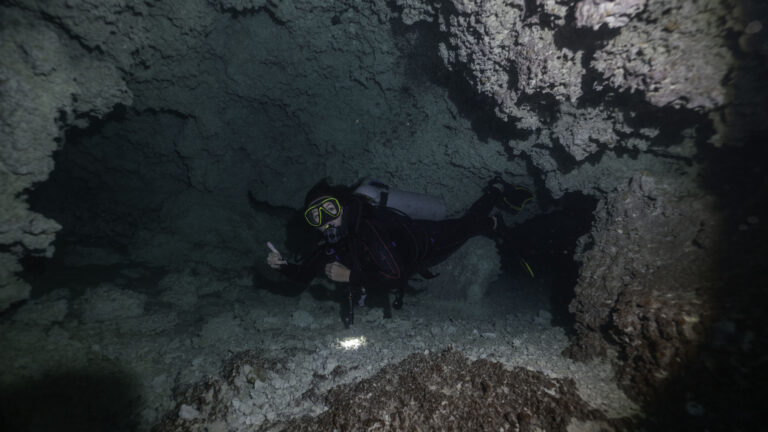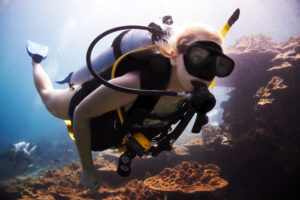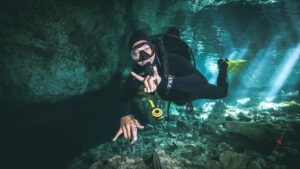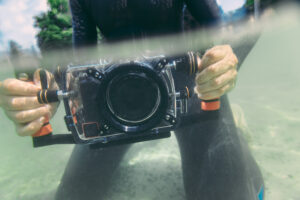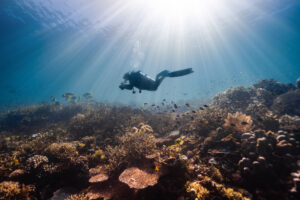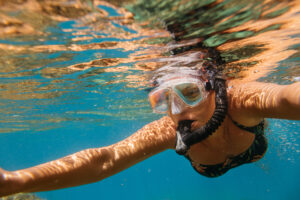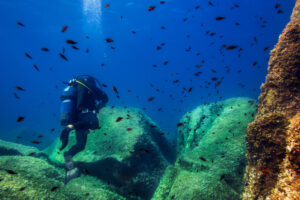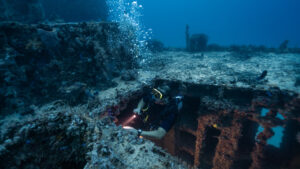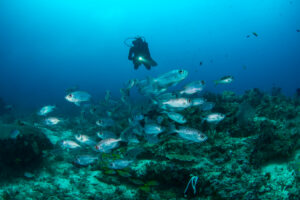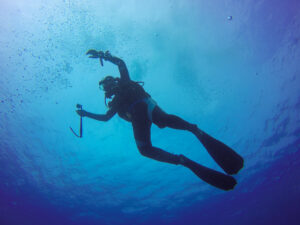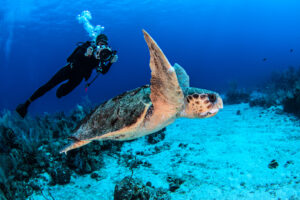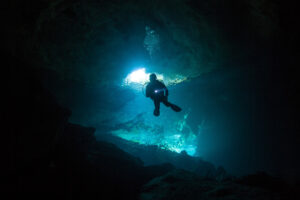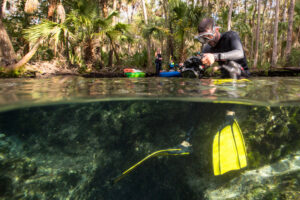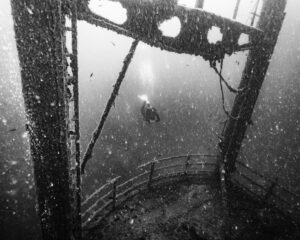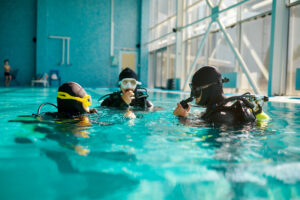What is an Overhead Environment when diving?
An overhead environment, in the context of scuba diving, is any situation that poses a physical or procedural obstacle preventing a direct ascent to the surface. Overhead environments present unique challenges and require specialized training and equipment to navigate safely. This entry will explore the different types of overhead environments, safety precautions, and required skills for divers.
Physical Overhead Environments
Cave diving
Cave diving is one of the most advanced and dangerous forms of scuba diving. In this environment, the overhead is the cave ceiling, which can be rock, ice, or even clay. These environments can be complex and disorienting, making it critical for divers to possess advanced navigation skills, proper buoyancy control, and specialized equipment like redundant air sources and guideline reels.
Wreck diving
Wreck diving involves exploring shipwrecks, aircraft, or other submerged structures. These environments may include entanglement hazards such as fishing nets, ropes, and debris. Wreck divers need to be well-versed in penetration techniques, equipment management, and emergency procedures in case of entrapment or equipment failure.
Ice diving
Ice diving is a specialized form of scuba diving that takes place under a frozen surface, like a frozen lake or ocean. The ice overhead presents unique challenges, including limited access points for entry and exit, reduced visibility, and increased risk of hypothermia. Ice divers should be trained in ice diving procedures and be equipped with specialized gear like dry suits, ice screws, and surface support equipment.
Procedural Overhead Environments
Decompression diving
In contrast to a physical overhead environment, a procedural overhead environment involves decompression obligations that prevent a direct ascent to the surface. As divers descend deeper and stay longer, they accumulate more nitrogen in their tissues. If they ascend too quickly, this nitrogen can form dangerous bubbles in their bloodstream, leading to decompression sickness, also known as “the bends.” Decompression diving requires divers to follow a decompression schedule, which includes staged stops at specific depths and durations to allow the body to off-gas nitrogen safely.
Saturation diving
Saturation diving is a technique used by commercial and technical divers to work at extreme depths for extended periods. Divers live in pressurized habitats and are transported to the work site in a diving bell. The saturation diving environment is considered a procedural overhead since divers cannot safely ascend directly to the surface without risking severe decompression sickness. Saturation divers must undergo a slow decompression process that can last several days to a week.
Safety Precautions and Training
Diving in overhead environments involves higher risks than recreational open-water diving. Thus, divers should follow essential safety precautions and undergo specialized training:
Obtain appropriate certification
Divers should complete specialized training courses and obtain the necessary certifications for their chosen overhead environment, such as cave diving, wreck diving, or ice diving. These courses cover essential skills, techniques, and knowledge required to navigate the specific environment safely.
Use specialized equipment
Overhead environment diving requires specific equipment like redundant air sources, guideline reels, powerful dive lights, and cutting tools. Familiarity with the gear is crucial for safe diving.
Plan and communicate
Divers should plan their dive in detail, considering factors like gas management, decompression obligations, and navigation. Communication with dive buddies and surface support is essential to ensure a smooth, coordinated dive.
Stay within limits
Divers must understand and adhere to their personal limits, as well as the limits of their equipment and environment. Overconfidence or complacency can lead to dangerous situations.
Practice emergency procedures
Divers should be well-versed in emergency procedures, such as sharing air with a buddy, self-rescue, and executing emergency ascents. Regular practice and refresher courses can help keep these skills sharp.
Dive with a buddy
Diving with a buddy or as part of a team is crucial in overhead environments. A buddy can provide assistance in emergencies, monitor your condition, and help maintain situational awareness.
Maintain a continuous guideline
In overhead environments where visibility can be compromised, using a continuous guideline is essential to ensure a safe exit. This line should be securely attached to the entrance or surface support and run throughout the dive, allowing divers to follow it back to the exit point if needed.
Monitor gas supply: Divers should continuously monitor their gas supply, ensuring they have sufficient reserves to complete the dive and execute emergency procedures if necessary. This includes planning for the “rule of thirds,” which involves reserving one-third of the gas supply for the penetration, one-third for the exit, and one-third as a safety reserve.
Use appropriate exposure protection
Depending on the environment, divers may need specialized exposure protection like drysuits, heated undergarments, or gloves to protect against cold or contaminated water.
Maintain equipment
Regular inspection and maintenance of all diving equipment, especially life-support equipment, is essential for safe diving in overhead environments.
Key Takeaways
Overhead environments in scuba diving, whether physical or procedural, present unique challenges and hazards. Proper training, specialized equipment, thorough planning, and adherence to safety guidelines are crucial for divers to navigate these environments safely. By understanding and respecting the demands of overhead environments, divers can enjoy the exploration and adventure that these unique underwater realms offer while mitigating the risks involved.

